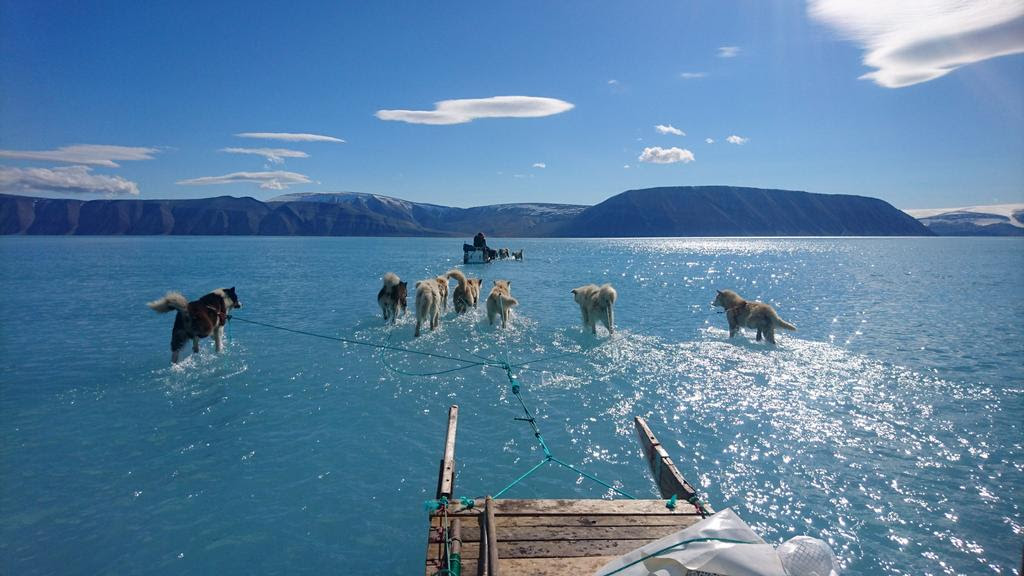The surface of the Antarctic ice pack reached a new low at the end of February, marking a record melt since the beginning of satellite measurements 45 years ago, announced Monday, February 27, the U.S. reference observatory.
This space, the Antarctic ice pack, for millennia, melts in summer and replenishes in winter. This year, on February 15, 2023, the U.S. National Snow and Ice Data Center (NSIDC) had announced that even before the end of the summer, it had melted more than in 2022, beating then already its record.
Unfortunately, the melting continued, and this time the ice pack “probably reached its minimum extent for the year, at 1.79 million square kilometers, on February 21, 2023,” said the observatory. It said, however, that this figure was “preliminary” and that “continued melting conditions could still push the ice extent lower.”
The bad news is that a smaller ice extent means that ocean waves will hit the ice sheet’s shores, further reducing the ice barriers around Antarctica,” NSIDC researcher Ted Scambos, a contributor, said in a statement.
By contrast, the ice cap – the thick freshwater glacier that covers Antarctica – is particularly closely watched by scientists because it contains enough water to cause catastrophic sea level rise if it were to melt.
Moreover, the white ice pack reflects more of the Sun’s rays than the darker ocean, and its loss thus increases global warming.
Last year, at the same time of the year, the Antarctic ice pack fell below 2 million square kilometers for the first time. The years 2017 and 2018 had also reached a very low extent (third and fourth lowest).
“The declining trend in pack ice could be a signal that global warming has finally affected the ice floating around Antarctica, but to be sure will take several more years,” said Ted Scambos.
The effect of global warming on the Arctic ice pack, where temperatures are rising much faster than on the rest of the Earth, is already well documented.



Comment here